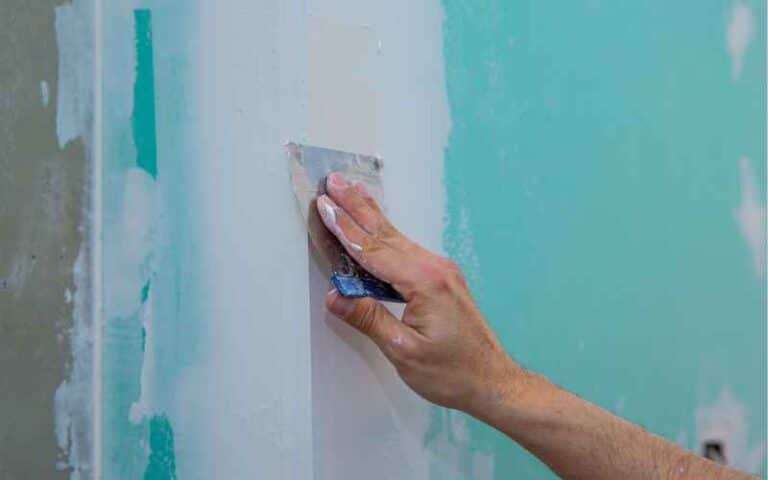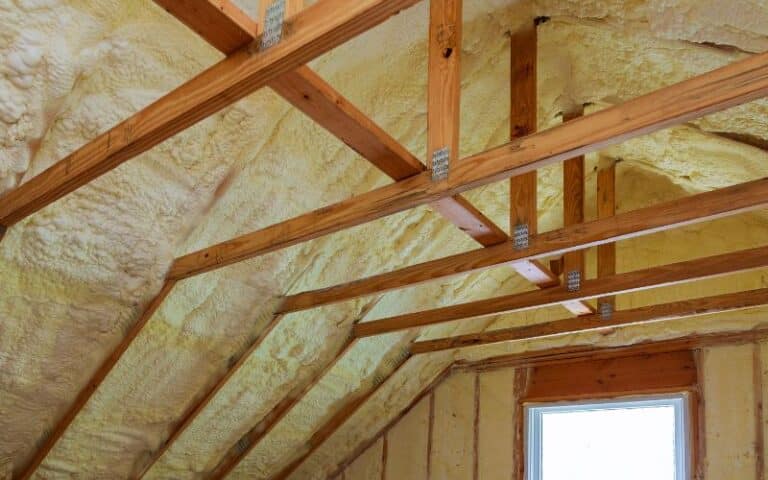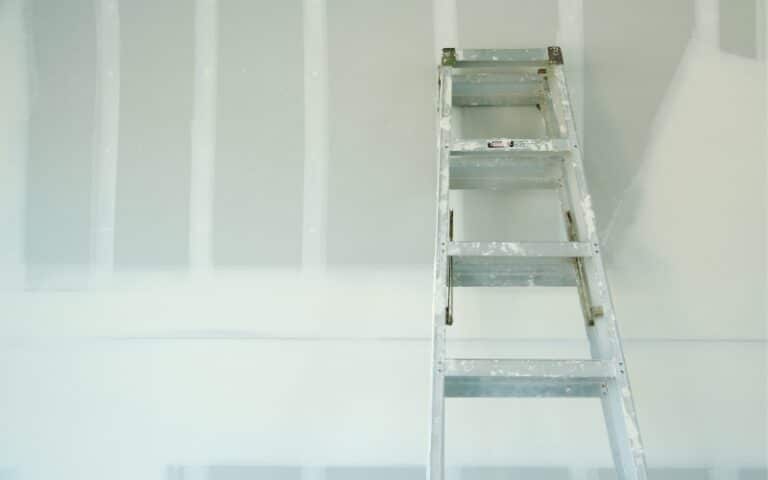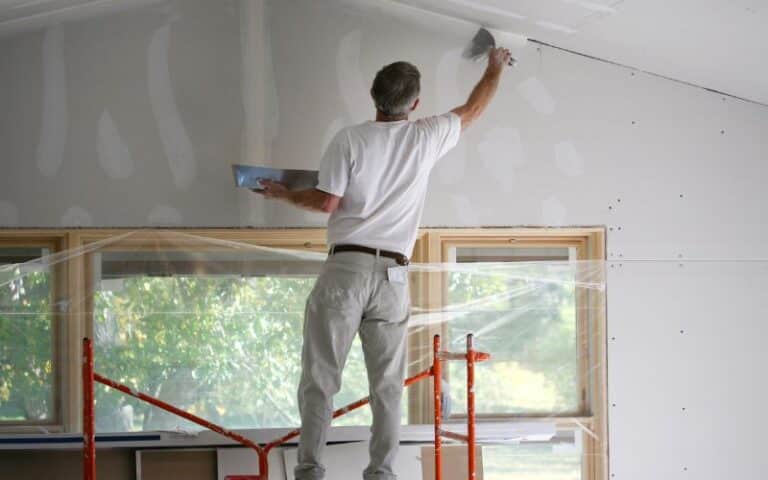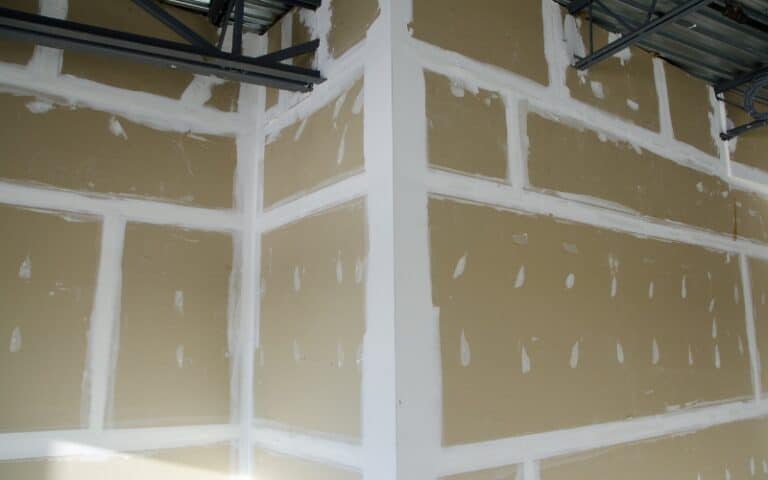To achieve a uniform finish on your walls, it’s essential to prime the walls before applying topcoat on them.
Kilz 2 is one of the best and most effective primers you can consider if you intend to paint your wall.
However, as essential as the primer is on your wall, choosing the perfect one is also necessary to ensure good finishing.
Hence, can I use kilz 2 on a new drywall?
Yes, you can use Kilz 2 on a new drywall. Kilz 2 is a water-based primer that helps seal small holes and pores on your wall’s surfaces, giving your walls a uniform finish. Besides bonding purposes, kilz 2 is also helpful in concealing minor stains on your walls. Hence, kilz 2 is incredibly effective on new drywall.
In this article, I will explain if it’s ideal to use Kilz 2 on a new drywall. I will also explain how to properly apply kilz 2 on drywall to achieve a great result.
I will further reveal the best primer you can use on a new drywall, and by the end, you will be able to choose the best primer for your drywall.
Ready for a Drywall Quiz?
Can Kilz 2 Be Used on New Drywall?
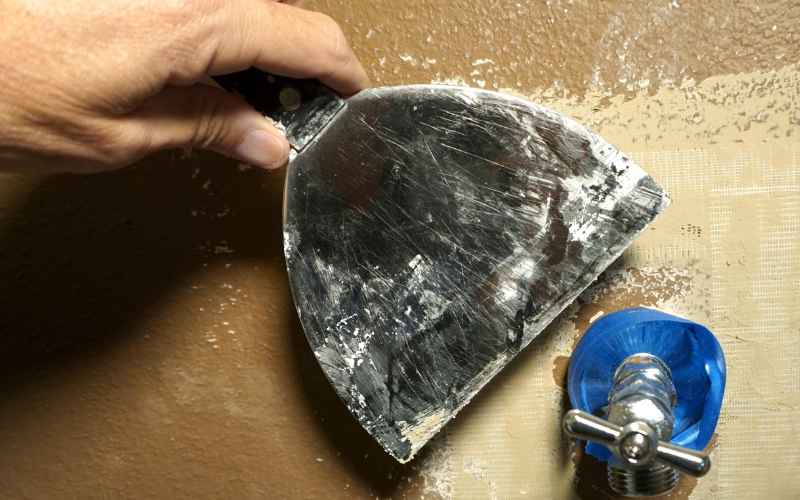
Yes, there’s nothing wrong with using kilz 2 on new drywall. Kilz 2 isn’t a bad primer option for new drywall; it does a perfect job.
Applying primer on your new drywall is mainly because of bonding, and that’s exactly what kilz 2 does to your drywall.
Kilz 2 is a water-based primer and sealer that fills the small holes in your drywall’s surface, making it smooth.
Kilz 2 is mildew resistant. It also does a great job concealing minor stains such as pencil, ink, felt marker, rust stains, etc.
Most importantly, kilz 2 primer dries incredibly fast. It dries to the touch in 30 minutes, and you can apply topcoat on the primer as fast as 1 hour after the primer’s application.
Moreover, unlike the original kilz, kilz 2 has a lower concentration of VOCs, i.e., Volatile Organic Compounds, which makes it less toxic.
If you apply the original kilz on your drywall, you will have to evacuate the room for some time because of its sharp odor, which can harm your health.
However, unlike the original kilz, you can apply kilz 2 on your new drywall without fear of the odor affecting your health because it doesn’t have a sharp odor.
So, if you’re planning to apply primer on your new drywall, kilz 2 is a good primer option that will enhance your wall’s finish if you apply it correctly.
Check out the table below to learn more about the differences between the original kilz and kilz 2 primers.
| Original Kilz | Kilz 2 |
|---|---|
| The original kilz is an oil-based primer. | It’s a water-based primer. |
| This kilz is more effective in hiding tough stains, especially on old walls and sealing woods. | It’s more effective in bonding the holes on your wall, especially in new drywalls. |
| The original kilz is slightly expensive. | Kilz 2 is less expensive. |
| It takes a long time before drying. | It dries faster. |
| It has a higher concentration of VOCs, which makes it toxic. | It has a higher concentration of VOCs, which makes it non-toxic. |
| It enhances the appearance of your walls. | It enhances the finish and also provides additional protection for your walls. |
| It’s a bit difficult to work with. | It’s easier to work with. |
How to Use Kilz 2?
Suppose you intend to use kilz 2 primer on your drywall. Applying the primer appropriately ensures optimum paint performance and a uniform finish on your wall.
Kilz 2 application is pretty simple; therefore, below are the steps to use kilz 2:
- Inspect the walls for cracks.
- Eliminate dust.
- Apply kilz 2
#1. Inspect the Walls for Cracks
The first thing you need to do before priming is to inspect your walls thoroughly for cracks; this is necessary to ensure that you achieve the utmost uniform you’re working towards.
If you discover any cracks during the inspection, you must fix them. Then, you can use the Red devil one-time lightweight spackling to cover the cracks.
#2. Eliminate Dust
After fixing the cracks, there will be some dust on the wall, and you need to eliminate the dust. If you leave the dust and apply primer, your drywall’s finish won’t be uniform.
Hence, it would be best to use a shop vacuum cleaner with a paper filter, which will help you eliminate the dust stress-free and effectively.
Ensure you wear a dust mask and eye protection equipment to protect your eyes and lungs from the dust.
#3. Apply Kilz 2
Before the application, stir the kilz 2 well to ensure it mixes well. Then, use a brush to apply the primer and ensure you stir it during the application also.
After applying the primer with a brush, use a roller to neaten the wall; this is essential to ensure that the priming result appears well and to give your wall a perfect finish.
After the application, the wall will dry to the touch in 30 minutes. After one hour, you can recoat or topcoat the primed wall with any paint.
What Is the Best Primer for New Drywall?
The best primer for a new drywall is polyvinyl Acetate (PVA). Polyvinyl Acetate is a water-based primer that is specially made for new drywall.
It’s of high quality, helps to seal the pores of your drywall easily and quickly, and also, it’s highly sandable.
PVA is incredibly effective. It gives your new drywall a uniform finish. It also provides extra protection and makes your wall’s paint more durable.
You can use PVA primer in both the interior and exterior of your building.
Kilz 2 is another effective water-based primer that you can use as PVA’s alternative. Like PVA, kilz 2 is also a great primer and sealer that helps seal your wall’s holes and pores.
How Do I Choose the Right Primer for My New Drywall?
Choosing the suitable primer for your new drywall can be overwhelming, especially if you’re a first-timer. However, as challenging as you may think it is, it’s pretty simple.
Of course, choosing the right primer for your new drywall is crucial, and below are the things to consider:
- Consider the drying time
- Consider your health
- Consider the primer’s cost.
- Consider the environment.
#1. Consider the Drying Time
Generally, water-based primers dry incredibly fast, especially on drywalls.
The reason is that a drywall’s surface, as its name implies, is extremely dry and highly porous, making it rapidly soak up any material.
However, it takes oil-based primers longer to dry.
Hence, if you’re looking for a drywall primer that won’t take much of your time before drying, choose the one that reads, “it’s topcoat ready in 1 hour.”
On that note, Polyvinyl Acetate and Kilz 2 are the best water-based primer options you can opt for. PVA is specially made for new drywall, while Kilz 2 is one of its best alternatives.
#2. Consider Your Health
Another thing you must consider when choosing a primer for your new drywall is your health. Regardless of any situation, your health should always be your priority.
Oil-based primers contain high amounts of Volatile Organic Compounds; VOCs emit sharp odors, threatening your health.
Oil-based primers’ odor is sharp to the extent that you will have to vacate the room for a while after the primer’s application until the odor reduces.
However, water-based primers, on the other hand, have an incredibly lower concentration of Volatile Organic Compounds and can’t affect your health.
Water-based primers also make your work faster because you won’t have to wait for any odor to reduce.
Thus, if you’re looking for a primer that won’t affect your health, water-based primers are suitable for you, and the perfect examples are Polyvinyl Acetate and Kilz 2.
#3. Consider the Primer’s Cost
One of the main things you must consider when choosing a suitable primer for your new drywall is cost.
Meanwhile, choosing a high-quality primer for your benefit and for your new drywall finish to appear uniform and beautiful is best.
The good news is you don’t need to break the bank before getting a high-quality primer. Fortunately, high-quality primers that are suitable for new drywall are pretty affordable.
Water-based primers are less expensive than oil-based primers, and of course, water-based primers are the best primers you can choose for your new drywall.
#4. Consider the Environment
If you intend to apply a primer to damp environment walls, such as a bathroom wall, you must consider sealing against moisture.
In such a situation, oil-based primers are more effective. However, some water-based primers are also pretty effective in damp environments.
Hence, when buying a primer, check its label to discover if it’s ideal for a damp environment.

